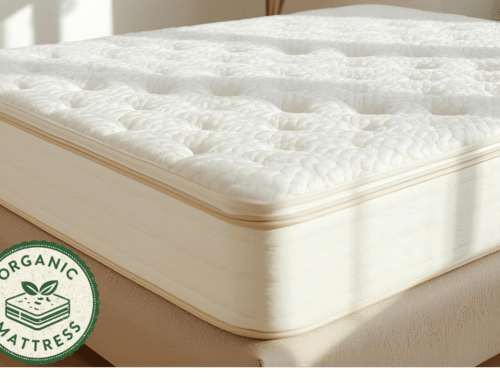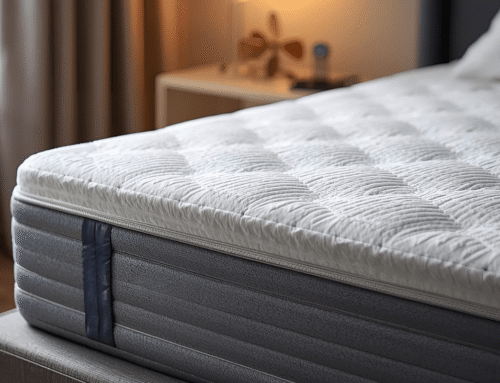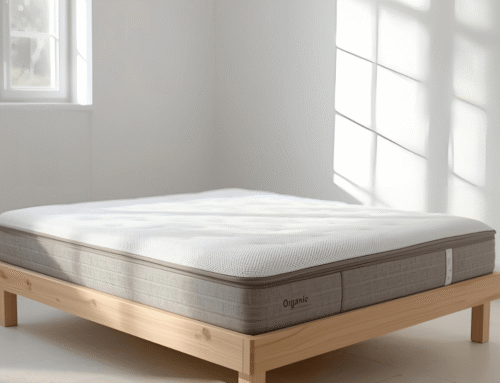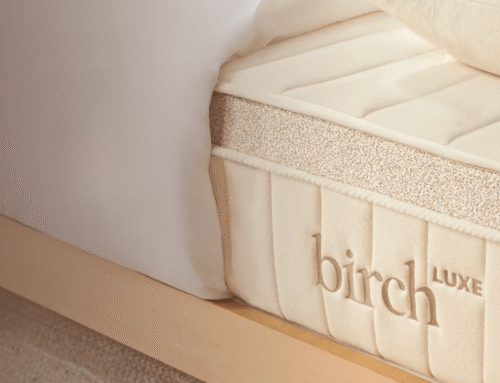A soft mattress provides a cushioned feel that lets your body sink in a bit more. The plush comfort layers, often made of memory foam or pillow tops, create a cozy surface that hugs your body. This can be especially helpful if you prefer sleeping on your side or deal with joint pain.
Soft mattresses can ease pressure points, which may improve comfort for some sleepers. However, they might not provide enough support if you tend to sleep on your back or stomach. It’s a good idea to test different softness levels to find what keeps you comfortable without feeling stuck.
Let’s explore the benefits of soft mattresses, how to find the right softness level, and tips for choosing one that suits your sleep style.
Key Takeaways
- Soft mattresses are made for comfort. It provides a plush feel that hugs the body and relieves pressure while sleeping.
- These mattresses are great for side sleepers, lightweight individuals, or anyone needing extra cushioning on hips and shoulders.
- While cozy, soft beds can lack support for back or stomach sleepers who may prefer something firmer to avoid sagging.
- Materials like memory foam, latex, and pillow tops help create that signature soft feel most people associate with luxury sleep.
- Finding the right mattress means balancing softness with support, especially for people with back pain or special sleep needs.
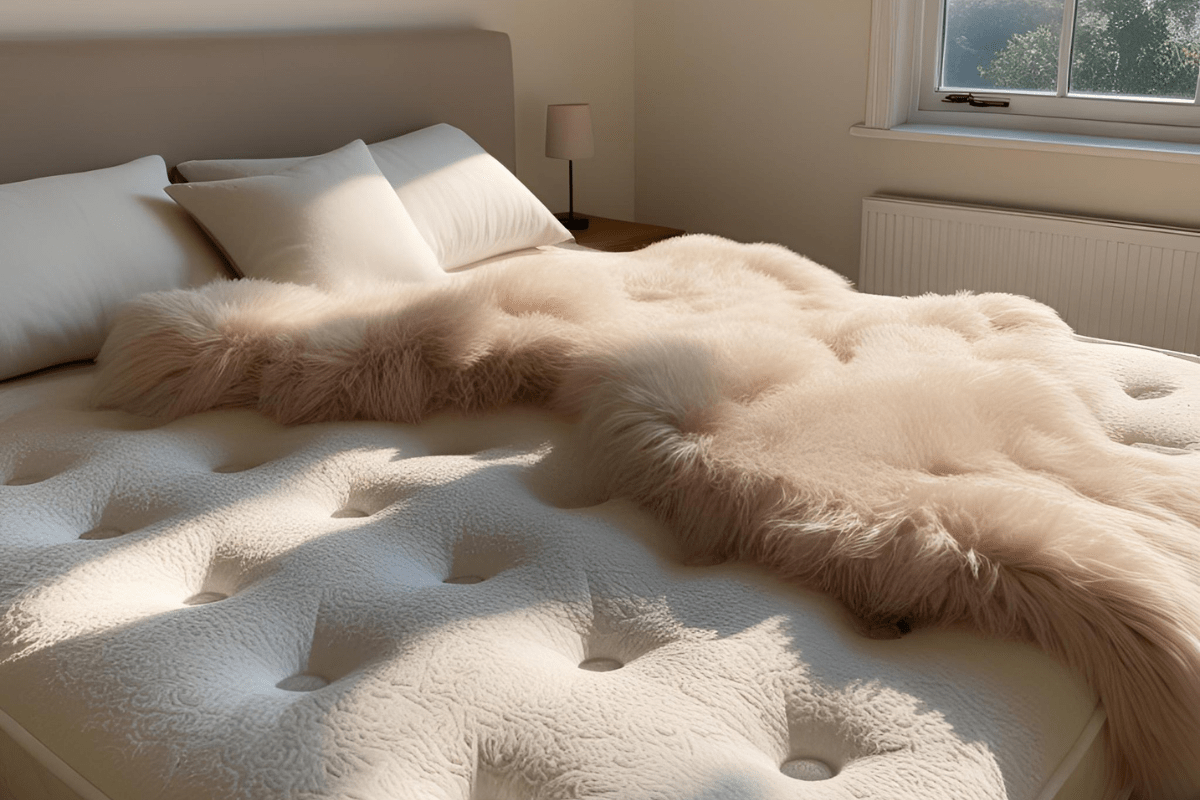
What Is A Soft Mattress?
What is a soft mattress good for and how can you make a soft mattress firmer? A soft mattress is designed to compress and mold to your body more easily than a firm one. This softer feel usually comes from comfort layers made of materials like memory foam, latex, or plush pillow tops. These layers create a cushioned surface that can feel cozy and inviting.
Soft mattresses are ideal for side sleepers and those with joint pain since they offer extra cushioning. To make a soft mattress firmer, you can add a firm mattress topper, place a plywood board underneath, or adjust your bed’s foundation. They are often rated between 3 and 5 on the firmness scale, with 1 being the softest and 10 the firmest. This level of softness allows your body to sink in slightly, which can ease pressure on your hips, shoulders, and other sensitive areas.
Side sleepers and those with joint pain often prefer soft mattresses because they provide extra cushioning. However, back and stomach sleepers or people with heavier body types might find a firmer mattress offers better support.
Pressure Relief
Soft mattresses can be a great option if you need extra pressure relief. The plush layers gently mold to your body’s curves, which can help reduce strain on your joints and muscles. This can be especially helpful if you sleep on your side since your hips and shoulders often take on more pressure.
Softer mattresses can improve comfort for those dealing with joint pain or muscle soreness. By allowing your body to sink in slightly, the mattress helps distribute weight more evenly. This can reduce tension in areas that might feel achy after a long day.
If pressure relief is a priority, exploring soft mattress options could be worth considering. Testing different materials, like memory foam or pillow tops, can help you find one that provides the right balance of comfort and support.
Improved Spinal Alignment
A soft mattress can offer better spinal alignment if it’s designed with enough support. The right balance of cushioning and structure helps your body relax without sinking too deeply. This can be especially helpful if you’re a side sleeper since it allows your shoulders and hips to settle comfortably.
A quality soft mattress can reduce tension in pressure points, which may ease back or joint pain. By contouring to your body’s shape, it supports your spine’s natural curve and helps you wake up feeling more refreshed.
Some key benefits of a quality soft mattress include:
- Improved comfort for side sleepers by cushioning pressure points
- Better support for your spine’s natural alignment
- Reduced stiffness and discomfort in sensitive joints
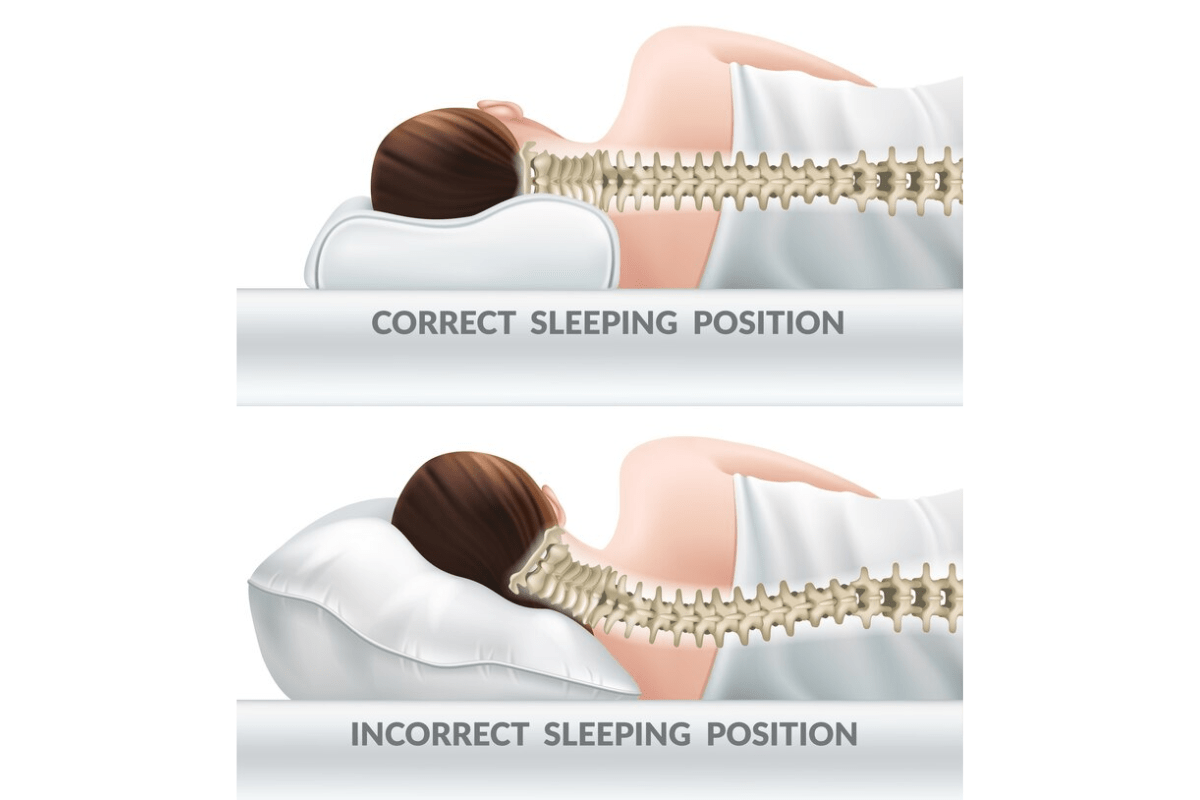
Enhanced Comfort
A soft mattress can create a cozy and inviting space that helps you unwind at the end of the day. The plush surface gently cushions your body, which can feel especially comforting after a long day or when you’re feeling sore. This added softness can make it easier to relax and drift off faster. If you’re wondering, how to sleep on a soft mattress comfortably, how to fix a too soft mattress, and how to sleep on a soft mattress with a bad back comfortably? There are ways to enhance comfort and support. Adding a firm mattress topper, adjusting your bed’s foundation, or using supportive pillows can improve your sleep experience.
Soft mattresses often benefit side sleepers since they contour nicely around the shoulders and hips. This extra cushioning can reduce pressure points, which may help you stay comfortable throughout the night. For those with joint pain, that gentle support helps.
For those drawn to a softer feel, it’s important to find a mattress that cushions your body without sacrificing support. Finding the right balance can improve comfort and help you sleep more soundly.
Better for Side Sleepers
Sleep position is important in choosing the right mattress. How do you know if you need a soft or firm mattress, why does a soft mattress hurt your back, and which is better? Firm or soft mattress? Side sleepers typically benefit from a softer mattress that cushions pressure points, while back and stomach sleepers may prefer a firmer surface to keep their spine aligned.
Soft mattresses are great for side sleepers since they let your hips and shoulders sink in slightly, which helps maintain your spine’s natural curve. This added cushioning can reduce pressure in key areas, so you may feel less sore in the morning. For anyone who struggles with joint pain, a softer surface often feels more comfortable. Soft mattresses also help with pressure relief by easing tension in sensitive spots. This can improve comfort and make it easier to fall asleep. However, a mattress that feels too soft may cause you to sink down, which could throw off your alignment.
If side sleeping feels best for you or you often deal with aches, a softer mattress might be a better fit. Look for one that feels plush yet still supports your body so you can wake up feeling rested and pain-free.

How To Choose The Right Softness Level
Your sleep position helps determine the best mattress softness. Side sleepers usually prefer softer mattresses since they cushion the hips and shoulders. Back sleepers often do better with a medium soft feel that provides comfort and support, while stomach sleepers may need something firmer to avoid back pain.
So, which firmness is right for you — soft or medium mattress? and what is better for back pain — soft or firm mattress? Which is better for lower back pain — hard or soft mattress, and which mattress is good for health — hard or soft choice? By considering your sleep position and personal comfort needs, you can choose the mattress firmness that will help alleviate discomfort and support better sleep.
Body weight also affects comfort. People under 130 pounds often find soft mattresses comfortable since they don’t sink in too much. Those over 230 pounds may experience too much sinking, which can throw off spinal alignment and cause discomfort.
Testing a mattress at home helps you know if it feels right. Many brands have sleep trials that last several weeks, giving you time to see how well the mattress supports your body. This way, you can decide before fully committing.
Types Of Soft Mattresses
Memory foam mattresses feel soft and mold to your body’s shape, which can help ease pressure points and limit movement on the bed. It’s a good choice if you sleep with a partner and want fewer disturbances. Side sleepers often find this type especially comfortable.
Pillow-top mattresses have an extra layer of padding sewn on top to add a plush feel without being too dense. Since they’re usually built on an innerspring base, they provide softness with a bit of bounce. This combination is perfect if you like a cushioned surface but still want some support.
Latex mattresses provide a softer feel with more responsiveness than memory foam. They also naturally stay cooler, which can be helpful if you sleep warm. Many people appreciate their durability since latex tends to hold its shape well over time.
Who Should Use A Soft Mattress?
A soft mattress can be a great choice for people who need extra cushioning and comfort. Certain sleep positions and body types tend to benefit the most from a softer surface. If you’re wondering if a soft mattress is right for you, here are some groups that often find them helpful:
- Side sleepers – Soft mattresses provide extra cushioning for your hips and shoulders, which helps to reduce pressure buildup.
- People with joint pain – The contouring effect of a soft mattress can ease pressure on sore joints, which may improve comfort.
- Lighter individuals – Those under 130 lbs often find soft mattresses more comfortable since they don’t press as deeply into the layers.
If you relate to any of these groups, a soft mattress could be worth considering for better rest and comfort.

Who Should Avoid A Soft Mattress?
Stomach sleepers may find soft mattresses uncomfortable because the pelvis can sink too deeply, which strains the lower back. A firmer mattress usually does a better job of keeping everything aligned and supported. This helps reduce discomfort and provides better overall stability.
For those over 230 pounds, a soft mattress may lack the support needed to keep the spine in a healthy position. Too much sink can create pressure points and cause stiffness. Firmer mattresses with stronger materials often hold up better and provide more lasting comfort.
Back sleepers generally need a surface that keeps their spine straight. While some may prefer a softer feel, too much softness can lead to poor alignment. Medium to firm options usually offer a better balance of comfort and support.
Final Thoughts
A soft mattress can feel incredibly comfortable, especially if you sleep on your side or deal with joint pain. The plush layers cushion your body, which can reduce pressure points and help you wake up feeling more relaxed. For some people, this added comfort contributes to overall sleep quality. That said, not everyone finds a soft mattress supportive enough. Heavier sleepers or those who sleep on their back or stomach may need something firmer to avoid sinking too deeply. It’s helpful to test different options and see what gives you the right balance of comfort and support.
Taking time to understand your sleep needs and trying out different mattresses can help you find the one that feels right for you.

